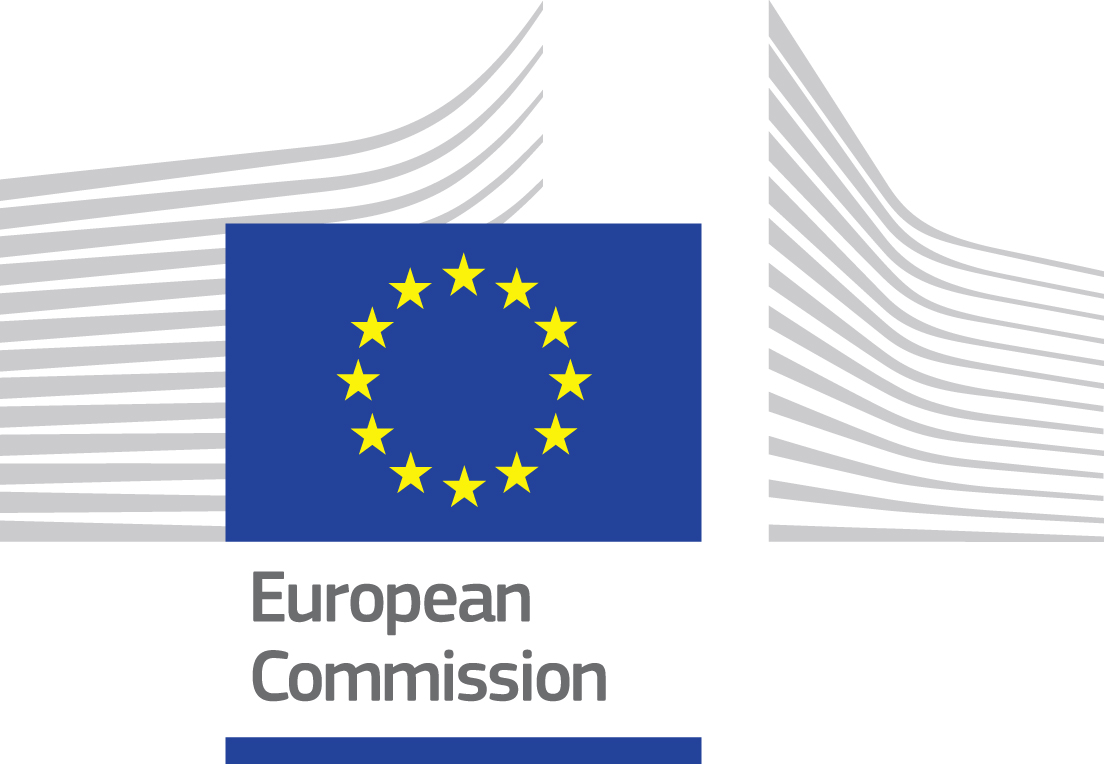2016 RASFF report: facts and figures
The European Commission — Health and Food Safety, has published the 2016 annual report on the work of the Rapid Alert System for Food and Feed (RASFF). The RASFF was put in place to provide food and feed control authorities with an effective tool to exchange information about measures taken responding to serious risks detected in relation to food or feed. This exchange of information helps Member States to act more rapidly and in a coordinated manner in response to a health threat caused by food or feed.
NEW
The 2016 report introduces Sankey charts and country fact sheets, giving a deeper insight in the data per country on the activity of RASFF in 2016: the country fact sheets available for RASFF member countries give a picture of their activity in the RASFF. The fact sheets give an overview of the origin and distribution of products notified by the country in question and what product categories, hazard categories and notification types were most notified in the year 2016.
2016 Activity in RASFF
Activity in RASFF in 2016 was at a higher level than ever before:
- 847 alerts – increase of 9% compared to 2015
- 4666 alert follow-ups – increase of 16% compared to 2015
- More than 10.000 exchanges through RASFF
Many RASFF notifications are not alerts. Only notifications that require rapid action by another member country qualify for alerts, reporting on issues that may present a serious health risks in food, feed or food contact materials that are circulating within the EU. The most straight-forward notifications are the rejections at the EU border, reported in the RASFF mainly for the purpose of blocking the re-entry of a refused consignment, setting up reinforced controls and informing the non-EU country of origin. They primarily concern the presence of Salmonella or pesticide residues in vegetables and fruits, and aflatoxins in nuts.
Other facts and figures in the 2016 report:
- Overall facts and percentages concerning original notifications, follow-ups, …
- Evolution of the number of notifications since 2012
- 2016 notifications by hazard category and by classification
- 2016 notifications by product category and by classification
- Notifications – country of origin
- 2014-2016 notifications by country of origin
Source: European Commission — Health and Food Safety — 2017

